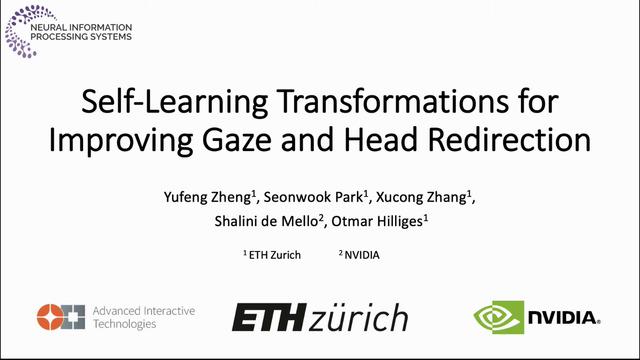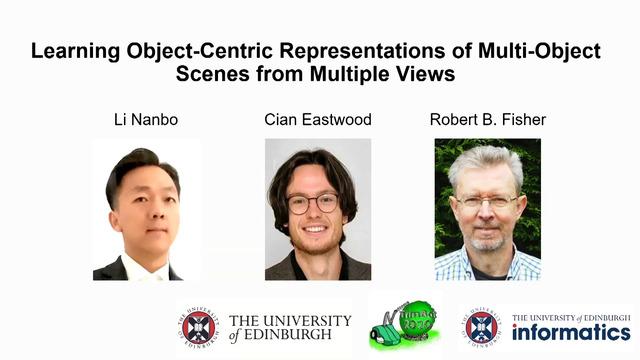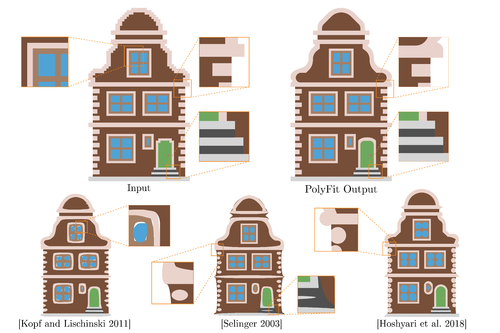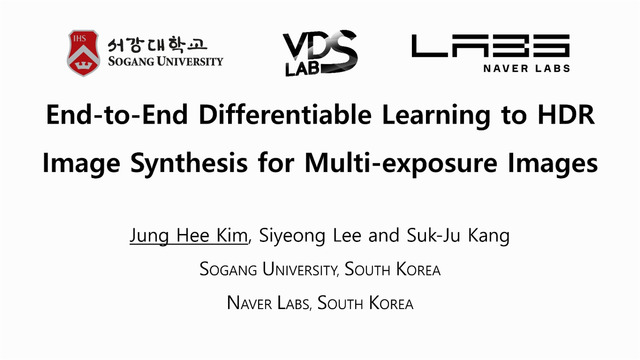Abstract:
While visualizations play a crucial role in gaining insights from data, generating useful visualizations from a complex dataset is far from an easy task. In particular, besides understanding the functionality provided by existing visualization libraries, generating the desired visualization also requires reshaping and aggregating the underlying data as well as composing different visual elements to achieve the intended visual narrative. This paper aims to simplify visualization tasks by automatically synthesizing the required program from simple visual sketches provided by the user. Specifically, given an input data set and a visual sketch that demonstrates how to visualize a very small subset of this data, our technique automatically generates a program that can be used to visualize the entire data set. From a program synthesis perspective, automating visualization tasks poses several challenges that are not addressed by prior techniques. First, because many visualization tasks require data wrangling in addition to generating plots from a given table, we need to decompose the end-to-end synthesis task into two separate sub-problems. Second, because the intermediate specification that results from the decomposition is necessarily imprecise, this makes the data wrangling task particularly challenging in our context. In this paper, we address these problems by developing a new compositional visualization-by-example technique that (a) decomposes the end-to-end task into two different synthesis problems over different DSLs and (b) leverages bi-directional program analysis to deal with the complexity that arises from having an imprecise intermediate specification. We have implemented our visualization-by-example approach in a tool called Viser and evaluate it on over 80 visualization tasks collected from on-line forums and tutorials. Viser can solve 84 of these benchmarks within a 600 second time limit, and, for those tasks that can be solved, the desired visualization is among the top-5 generated by Viser in 70









































